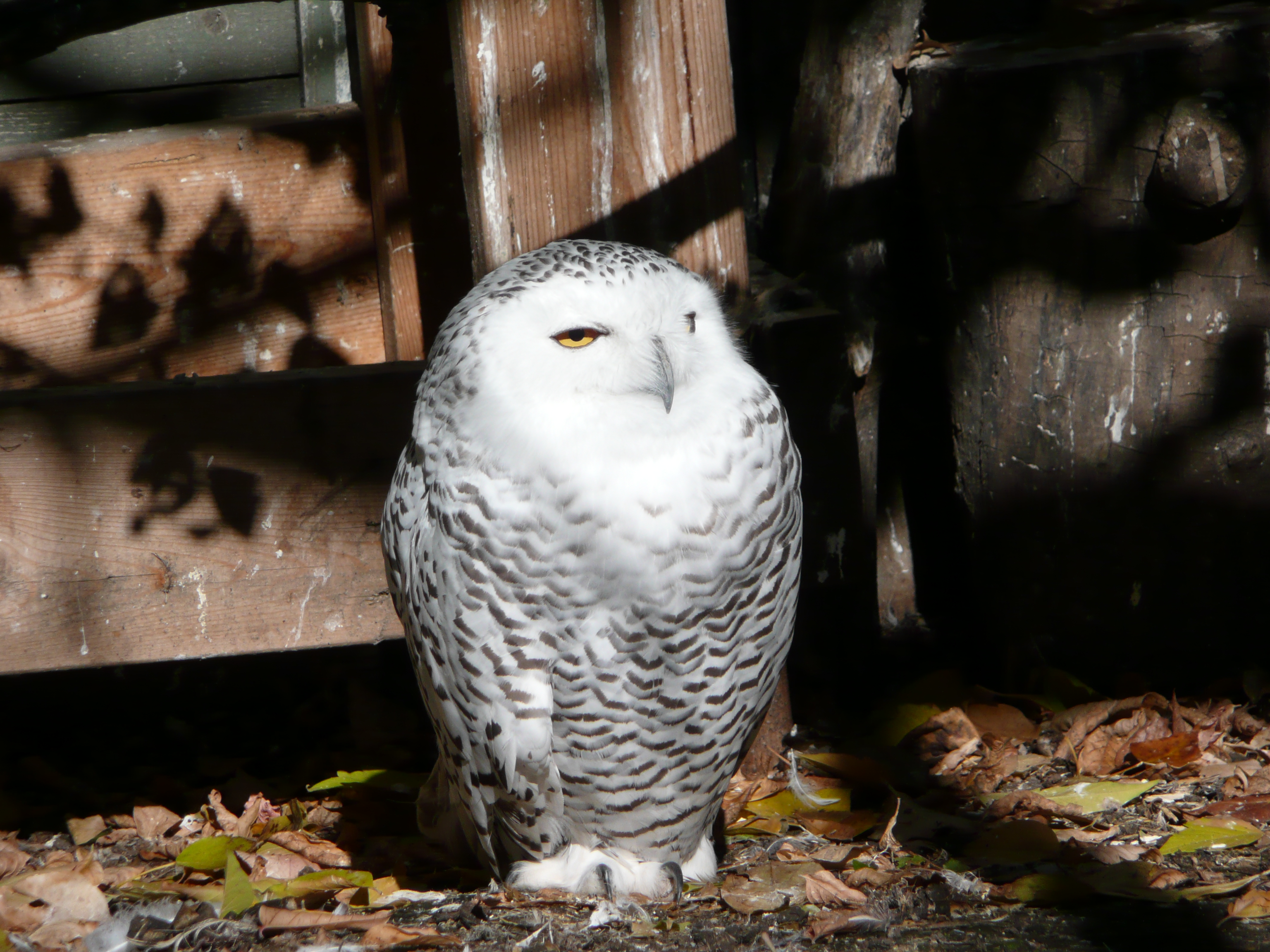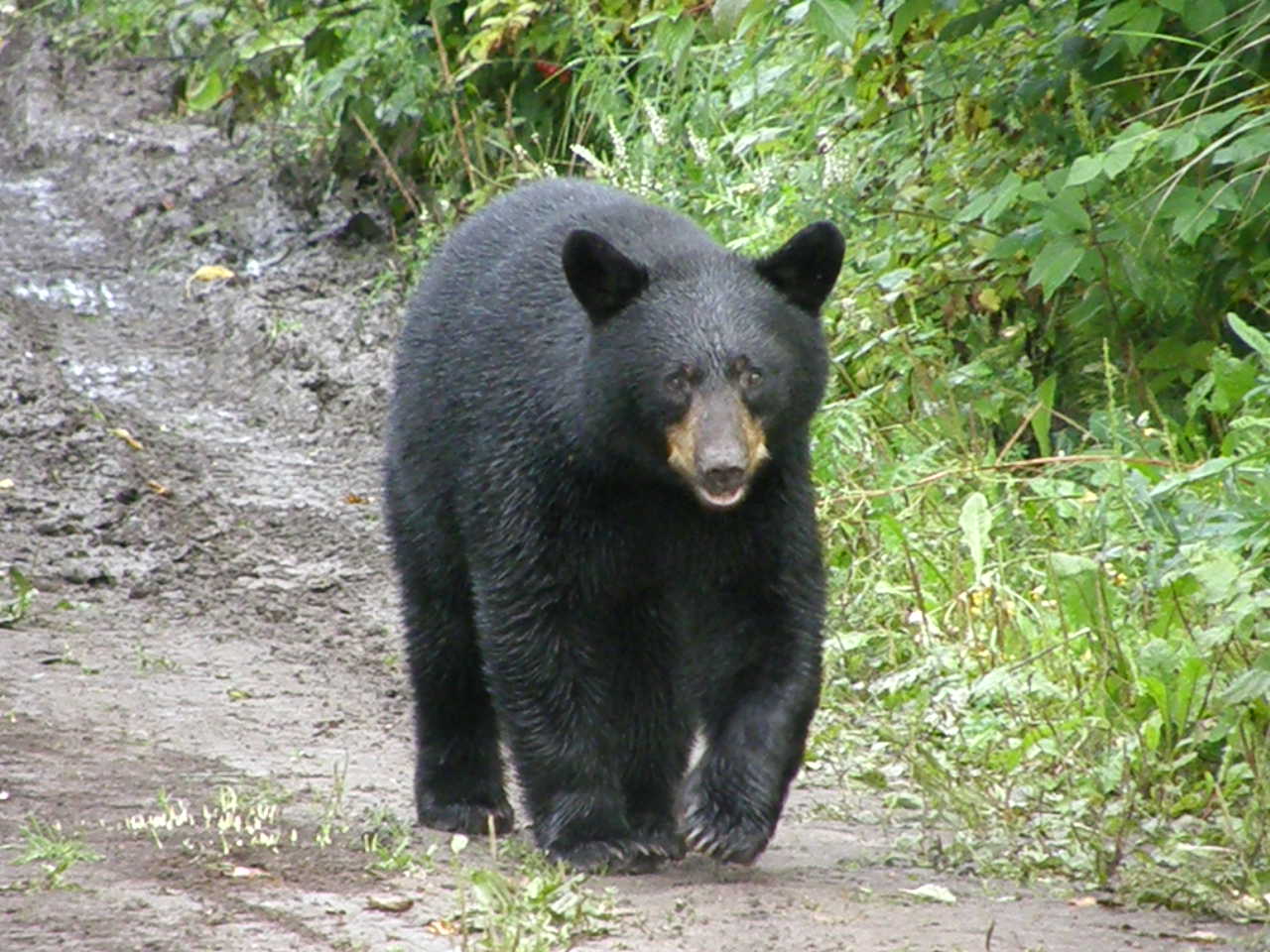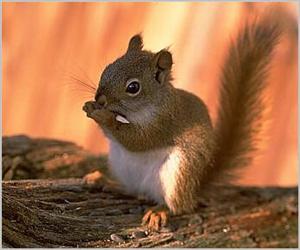Wildlife, Hunting, and Trapping Management
Hunting and trapping in Alberta are managed by Alberta Sustainable Resource Management. The provincial government has enacted legislation and created regulations to sustain the wildlife populations that support hunting and trapping and address other aspects of wildlife management, such as habitat protection.
Trapping in Alberta occurs on private and public land. Registered Fur Management Areas (RFMAs) are parcels of public land allocated to holders of Registered Fur Management Licences, which give the license holder the right to hunt and trap furbearing animals on that land. There are about 1,700 RFMAs in Alberta (ASRD 2008a). Resident Fur Management Licenses give the license holder the right to hunt and trap furbearing animals on land he owns or otherwise has rights to (e.g., legally occupies or leases) (ASRD 2008d). Métis and Indian Licences give the right to trap on Métis settlements and Indian reserves.
Hunting regulations specify which species may be harvested by area, season, and hunting method. Hunters must hold a valid license in order to legally harvest animals.
Numerous pieces of legislation have been enacted at the federal and international levels to protect species at risk and to protect critical habitat. Some of this legislation includes:
The Species at Risk Act, which aims to ensure that Canadian indigenous species, subspecies, and distinct populations are protected from extinction, and allows for recovery of endangered or threatened species (Government of Canada 2008b).
The Migratory Birds Convention Act (1994) restricts hunting of migratory birds to permit-holders only, prohibits damage to nests or eggs, forbids the introduction of non-indigenous migratory bird species into Canada, and outlaws pollution of migratory bird habitat—including discharge of oil, oil wastes and any other substance harmful to migratory birds (Government of Canada 2008a).
The Canada Wildlife Act allows for the creation, management and protection of wildlife areas for conservation, research, or educational exposure to the public at interpretive centres. Protecting wildlife areas helps preserve habitat for migratory birds and other species at risk. The Act prohibits all activities that could harm wildlife species or their habitat (Environment Canada 2005).
The Wild Animal and Plant Protection and Regulation of International and Interprovincial Trade Act (WAPPRIITA) prohibits the import, export or inter-provincial transportation of species on the control list of the Convention on International Trade in Endangered Species of Wild Fauna and Flora (CITES) (Environment Canada 2004).
Other relevant international agreements include the following:
- United Nations Convention on Biological Diversity, 1992
- Convention on the Protection of Migratory Birds in Canada and the United States, 1916
- Convention on Wetlands of International Importance (Ramsar), 1971
Snowy Owl. Source: Jeff Winsor
Black Bear. Source: Stacey Elser











C~Eastmanjpg.300.-1.-1067449202.jpg)
